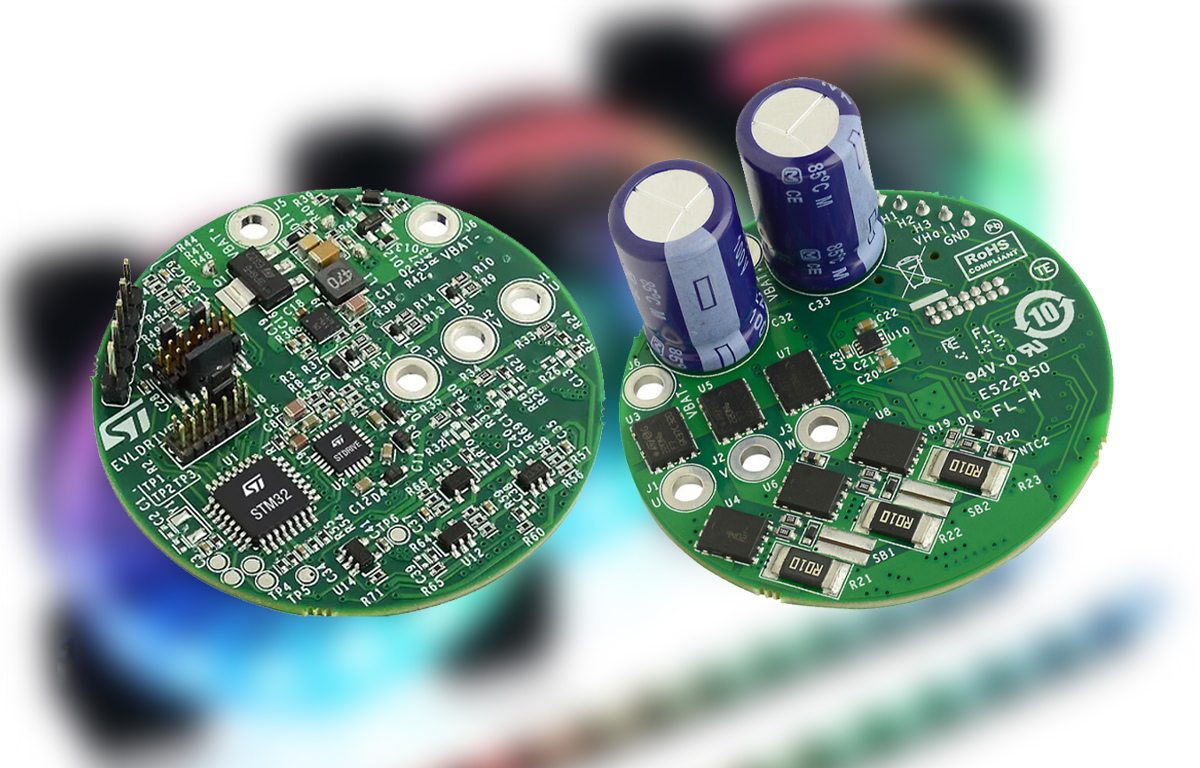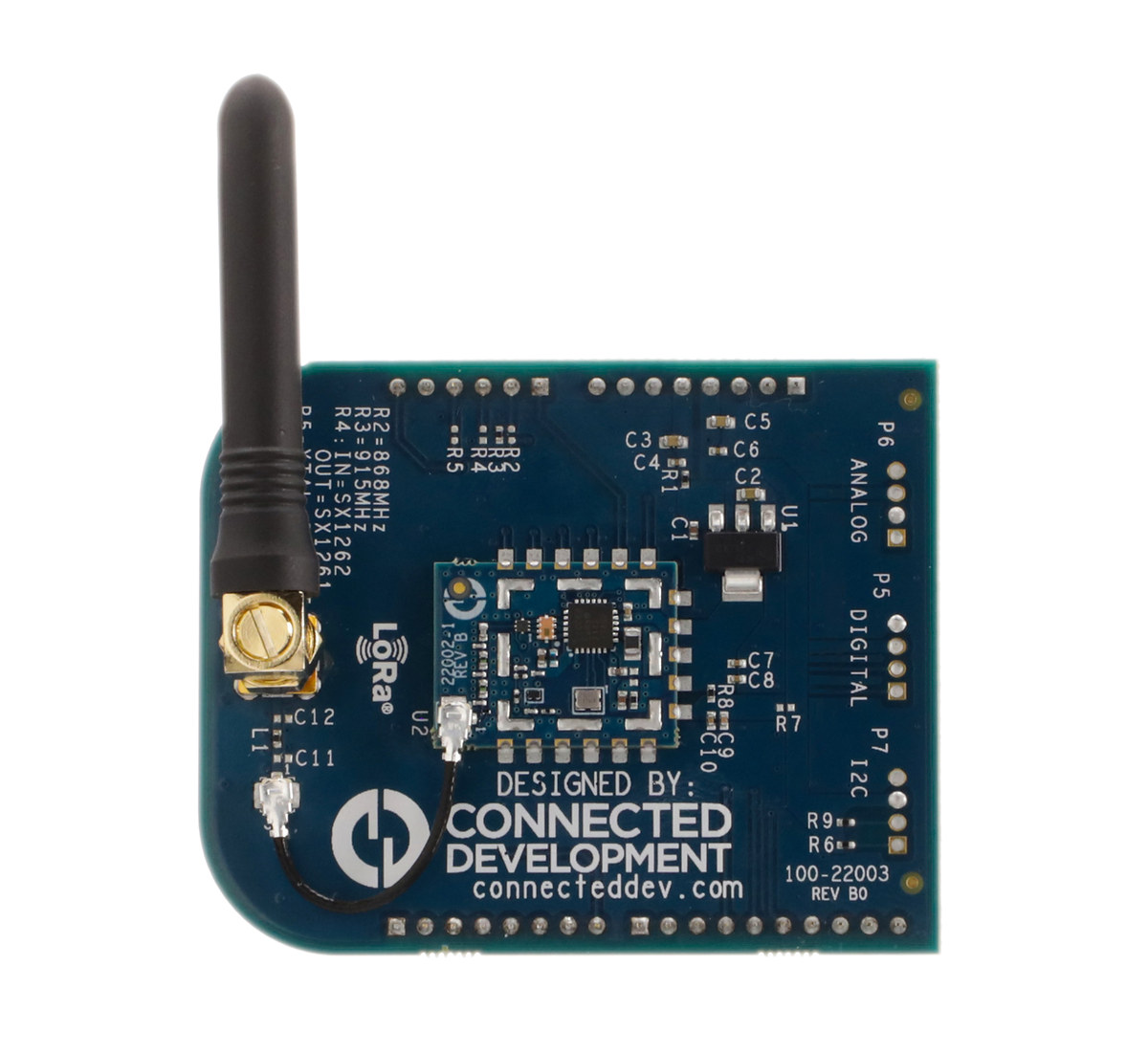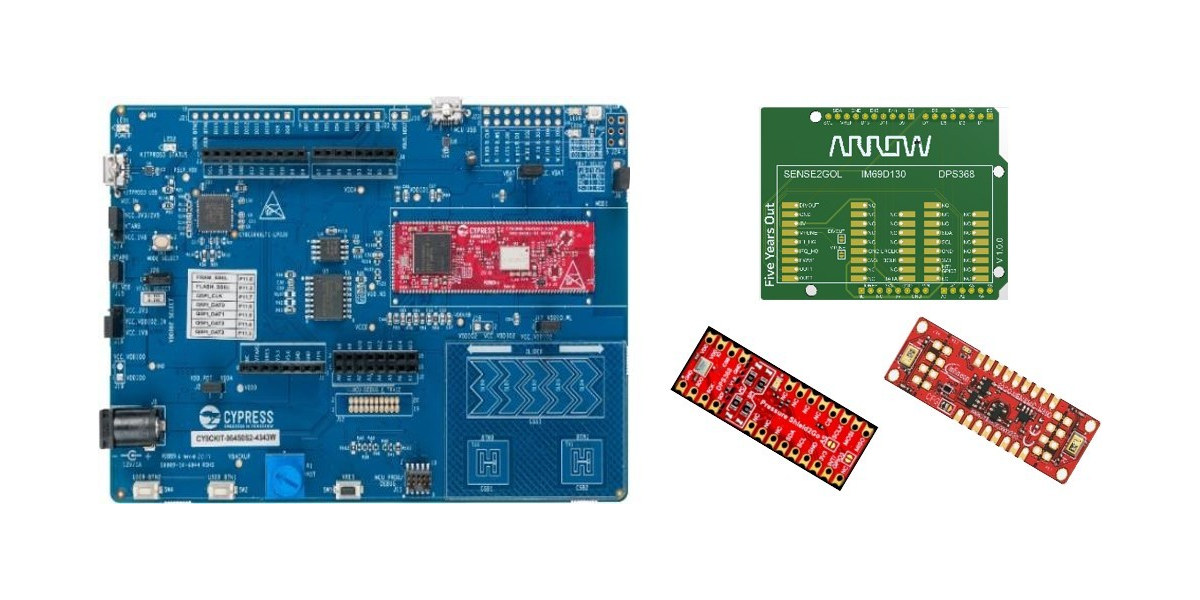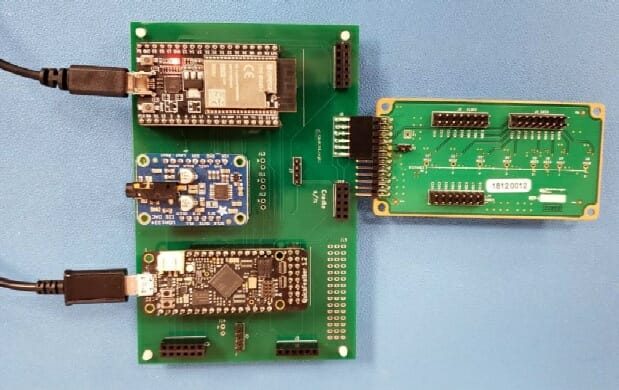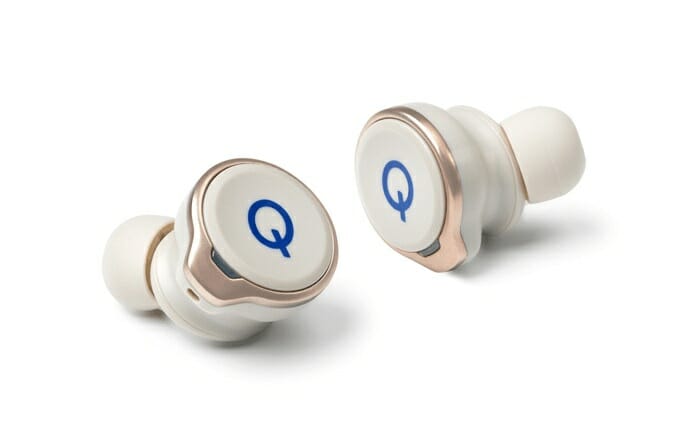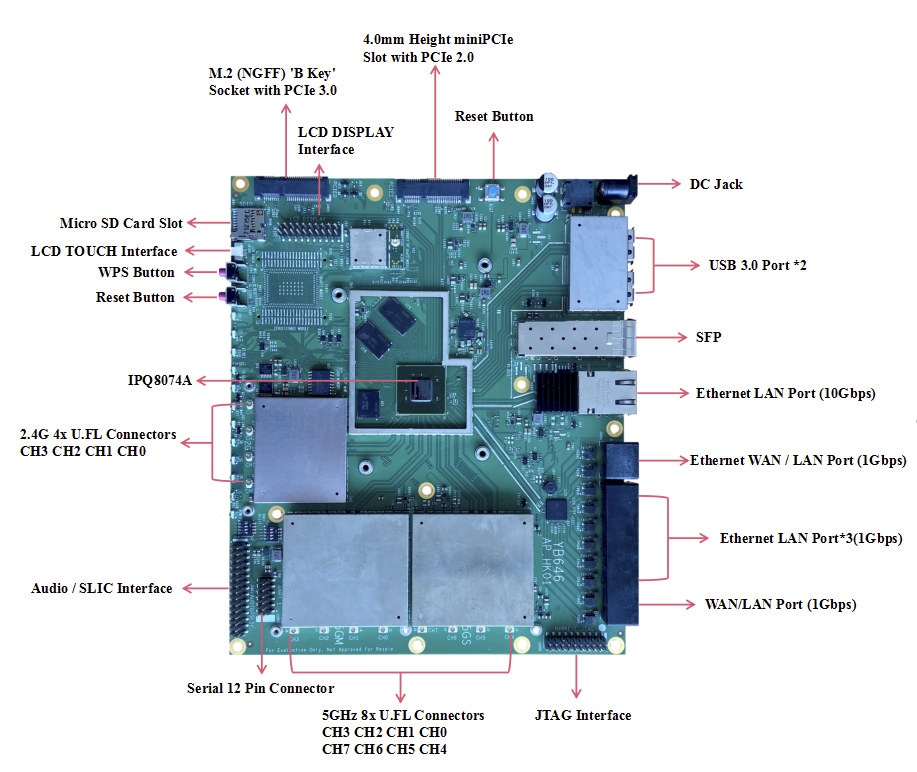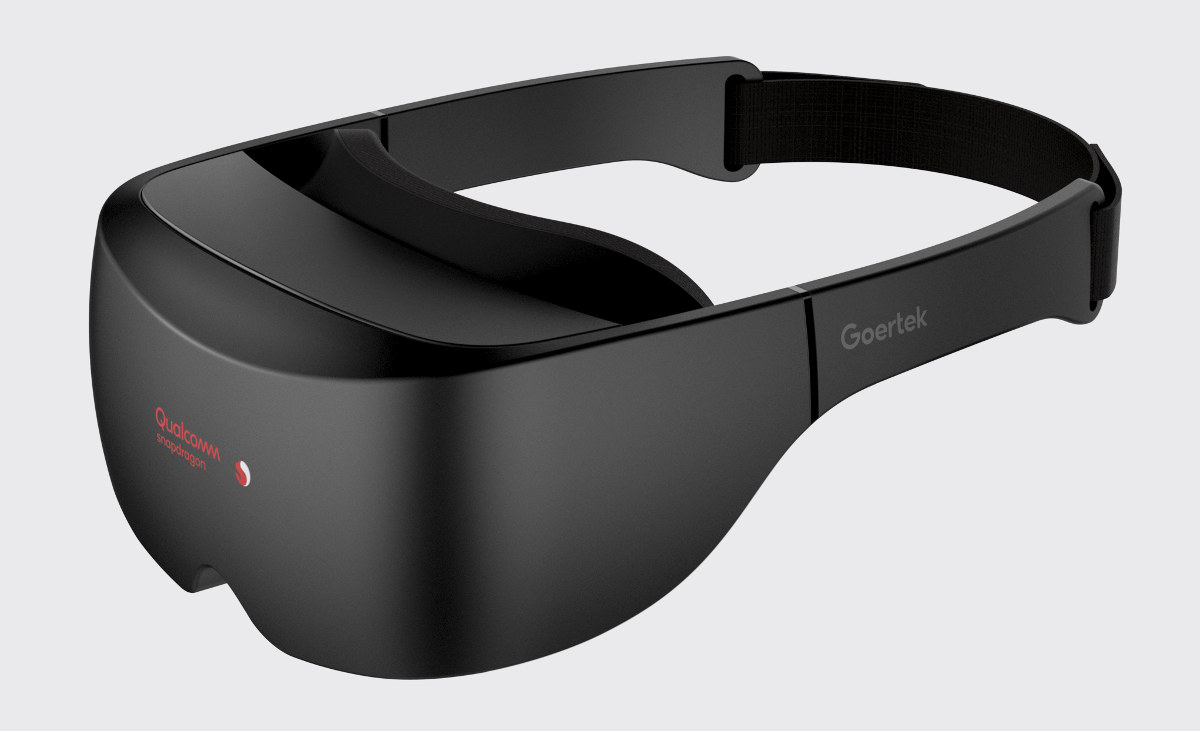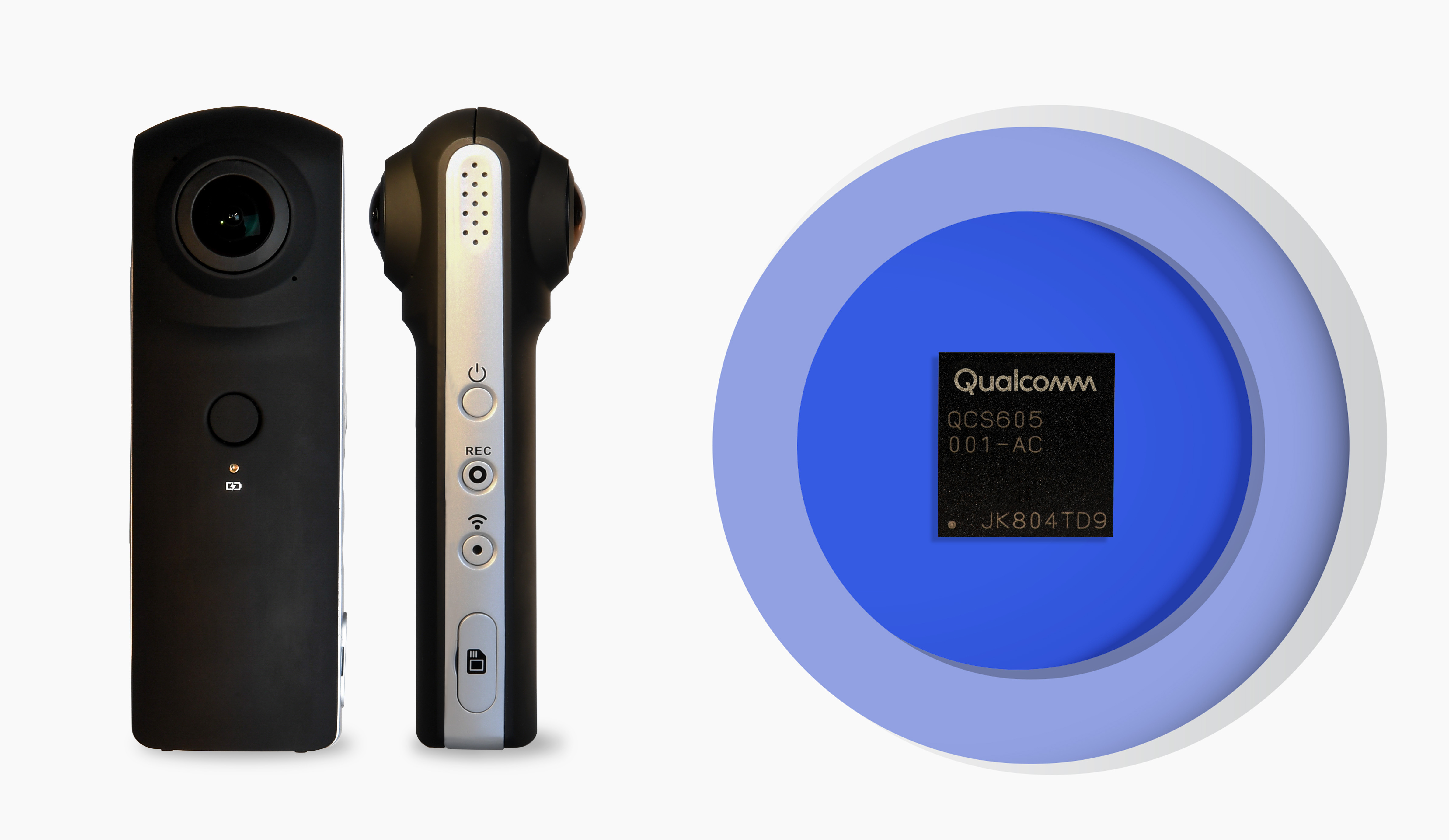STMicroelectronics has recently revealed the reference design for “EVLDRIVE101-HPD” their homegrown BLDC motor driver board that can drive up to a 750W BLDC motor. This compact 50 mm (1.9-inch) circular PCB combines STDRIVE101 3-phase, triple half-bridge gate-driver IC with an STM32G0 microcontroller, which is responsible for driving three-phase brushless motors. The driver board supports various motor-control strategies, including trapezoidal and field-oriented control (FOC), with both sensor’ed and sensorless rotor-position detection. Additionally, it has a wide operating voltage range of 5.5V to 75V and includes STL220N6F7 60V STripFET F7 MOSFETs, which have very low Rds(on) for high efficiency. Other features of the board include ultra-low power consumption in sleep mode, a single-wire debug interface, direct firmware update capability, and protection mechanisms such as under-voltage lockout, overtemperature protection, and cross-conduction prevention. All these features make this board suitable for applications like hairdryers, handheld vacuums, power tools, fans, drones, robots, and industrial equipment […]
XCVR LoRa-based IoT development board & reference design features SX1261, SX1262, or LLCC68 chip
Semtech Corporation and “Connected Development” engineering firm have launched the XCVR development board and reference design based on Sentech SX1261, SX1262, or LLCC68 transceivers with the last one targeting Smart Home applications. The XCVR development board is actually an Arduino shield that’s been tested with Nordic nRF52840-DK board, but should work with most boards equipped with Arduino Uno headers. It can be used for the design of LPWAN IoT applications using SX1262x transceivers such as smart meters, industrial controllers, asset tracking, building automation, smart agriculture, etc… while the LLCC68 model is more useful for Smart Home applications and consumer devices. XCVR shield specifications and features: LoRa and FSK Modem Programmable bit rate up to 62.5 kbps LoRa and 300 kbps FSK External antenna Link budget 163 dB maximum for SX1261 170 dB maximum for SX1262 configurations. Tx Power +15 dBm high-efficiency PA for SX1261 +22 dBm or +15 dBm high-efficiency […]
Arrow launches PSA Certified PSoC 64 IoT Security Workshop Development Kit
In 2019, we wrote that Cypress PSoC 64 microcontrollers for Secure IoT applications was one of the first microcontrollers compliant with Arm’s Platform Security Architecture (PSA) designed to secure the Internet of Things. Arrow has now launched the PSoC 64 IoT Security Workshop Development Kit, its first PSA Certified platform, which happens to be based on Cypress PSoC 64, and developed in collaboration with Infineon who purchased Cypress Semiconductor last year. Designed to help developers quickly create PSA Certified solutions, the development kit includes the Infineon PSoC 64 Secure AWS IoT Pioneer Kit, Arrow PSoC 6 IoT Sensor Shield, Shield2Go kits, and AWS cloud enablement with certified functional APIs and integrated dashboard for monitoring and visualization. There are three levels for PSA certification: level 1 for device manufacturers involves the evaluation of an IoT device to assess whether it adheres to security best practice, level 2 with a laboratory evaluation […]
QuickLogic’s Hearable Reference Design enables Alexa Voice-Initiated Devices
Last year we saw QuickFeather board featuring EOS S3 Cortex-M4F MCU with embedded FPGA, which was a crowdfunding project. This year the company has launched its smart hearable reference design based on a similar processor by QuickLogic. The device is dedicated to “Voice-Initiated, Hands-Free, Alexa Built-In Devices with Close-Talk Support.” QuickLogic’s smart hearable reference design is based on the company’s Open Reconfigurable Computing (QORC) which supports a complete open-source set of development options for the MCU and FPGA devices. It is also built on the EOS S3 Voice Processor and the QuickFeather open source development kit. This can enhance the user experience with a longer battery life of the device. The EOS S3 Arm Cortex- M4 processor features Low Power Sound Detection (LPSD) technology along with DSP Concepts’ TalkTo noise suppression and beamforming technology for the directional transmission of signals. It also comes with Alexa Wake Word engine technology, an […]
Qualcomm QCC5141 Earbud reference design supports TrueWireless Mirroring and Hybrid ANC
Qualcomm has recently unveiled an earbud reference design based on the company’s QCC5141 low-power premium-tier Bluetooth SoC that supports TrueWireless Mirroring and Hybrid Active Noise Cancellation (ANC). What are TrueWireless Mirroring and Hybrid ANC? Qualcomm TrueWireless Mirroring technology relies on only one earbud to maintain the Bluetooth connection with the smartphone, while the secondary bud mirrors the connected bud. If the connected earbud is removed, the secondary earbud assumes the connection with zero interruption. The technology enables both a better, more stable connection and lower power consumption Hybrid Active Noise Cancellation (ANC) is designed to provide high-quality immersive experiences and enable natural leak-through of noise to allow for awareness of surroundings. Qualcomm ANC is fully integrated into this QCC5141 chip to reduce the complexity, cost, and PCB space of adding ANC to earbuds and hearables. QCC5141 Earburd Reference Design Key features and specifications: WiSoC – Qualcomm QCC5141 single-chip Bluetooth SoC […]
Qualcomm IPQ8074 Embedded Board Offers 802.11ax WiFI 6 12×12 MIMO DBDC Connectivity
Qualcomm IPQ8074 802.11ax WiFi 6 SoC was first unveiled in 2017 and designed for high-end routers, gateways, and access points supporting up 12×12 MIMO configuration (8×8 5GHz + 4×4 2.4 GHz) using Dual-Band Dual Concurrency (DBDC). I was just informed about a Qualcomm IPQ8074 embedded board going under the names DR8074A or HK01 depending on the company promoting it, respectively Wallys Communication and Compex. Qualcomm IPQ8074 embedded board (AP.HK01) specifications: SoC – Qualcomm Atheros IPQ8074A quad-core Arm Cortex A53 processor 2.2GHz CPU System Memory – 1GB (2x 512MB) DDR3L RAM (Option for up to 4GB) Storage – 8GB eMMC flash, 32MB NOR Flash, 256MB NAND flash, 1x micro SD Card socket Connectivity Wired 5x Gigabit Ethernet (1GbE) RJ45 ports 1x 10Gigabit Ethernet (10GbE) RJ45 port 1x SFP+ Port WiFi On-board 4×4 2.4GHz MU-MIMO 802.11b/g/n/ax WiFi 6 up to 1147Mbps On-board 2x(4×4) or 8×8 5GHz MU-MIMO 802.11a/n/ac/ax WiFI 6 up to […]
Qualcomm Snapdragon XR2 5G VR Reference Design Comes with Dual 2Kx2K Display, Up to 7 Cameras
Qualcomm Snapdragon XR1 was the first processor from the company dedicated to extended reality (XR) and virtual reality (VR) applications. It found its way in various hardware development kits, a well as Google Glass Enterprise Edition v2. We missed the company’s announcement of the Snapdragon XR2 platform with 5G support last December, but Qualcomm has now just unveiled the Snapdragon XR2 5G Reference Design to help OEMs shorten time to market. Qualcomm Snapdragon XR2 Platform Qualcomm did not provide detailed specifications, but the company claims Snapdragon XR2 delivers 2x the CPU and GPU performance, 4x more video bandwidth, 6x higher resolution and 11x AI improvement compared to Snapdragon 835 Mobile XR Platform. It’s also the first XR/VR platform to support seven concurrent cameras, optional 5G connectivity, and enables “true” MR (Mixed Reality) thanks to low latency camera pass-through. Some of the highlights of the processor include: Up to 3K by […]
Qualcomm QCS603/QCS605 “IoT” SoCs are Designed for AI and Computer Vision Applications
Qualcomm has unveiled the “Qualcomm Vision Intelligence Platform”, which aims at IoT devices with cameras leveraging artificial intelligence and computer vision. The first SoCs part of the platform are QCS605 and QCS603 manufactured with a 10nm process and equipped with an “advanced image signal processor” and the Qualcomm Artificial Intelligence (AI) Engine, as well Arm CPU cluster, Adreno GPU, and Hexagon DSP. QCS603 & QCS605 specifications: CPU QCS603 – 2x 1.6GHz Qualcomm Kryo 300 Gold cores, 2x 1.7GHz Qualcomm Kryo 300 Silver cores QCS605 – 2x 2.5GHz Qualcomm Kryo 300 Gold cores, 6x 1.7GHz Qualcomm Kryo 300 Silver cores Qualcomm Artificial Intelligence Engine DSP Qualcomm Hexagon 685 Vector Processor 2x Qualcomm Hexagon Vector eXtensions (HVX) GPU – Qualcomm Adreno 615 with OpenGL ES 3.2, Vulkan, OpenCL support Neural Processing – Qualcomm Snapdragon Neural Processing Engine programming interface with support for Tensorflow, Caffe/Caffe2, ONNE, Android NN; 2.1 TOPS @ 1w Memory […]


